-
Posts
2.067 -
Joined
-
Last visited
-
Days Won
52
Posts posted by Genava55
-
-
A very very very kind person shared this today:
-
 2
2
-
-
La mujer como depositaria de la memoria social en la Hispania prerromana
Celtíberos cortadores de cabezas
https://www.despertaferro-ediciones.com/2019/celtiberos-cortadores-de-cabezas/
Los celtíberos y la guerra
https://celtiberiahistorica.es/es/celtiberia/los-celtiberos-y-la-guerra
Las saunas castreñas
https://www.castrosdeasturias.es/castros/44/41/14/.-las-saunas-castreas
Charlas sobre las saunas de la Edad del Hierro en Cedeira
La guerra en la Gallaecia antigua: del guerrero tribal al soldado imperial
https://pdfs.semanticscholar.org/307a/848376274ae3048b2624f8715432fa0c3823.pdf
Descubren una “sauna” de la Edad del Hierro casi intacta
-
 1
1
-
 1
1
-
-
Recently the topic of Celtic civ bonus has been the subject of debate: https://code.wildfiregames.com/D2841
Since the Gauls have the unique feature, in comparison to the Britons, to build dense fortified farms with granary and livestock, a bonus in relation to this could be a good idea.
For example the barracks could accept the storing of resources, just an idea.
-
It seems to have some references related to their portrayal in Luo Guanzhong's Romance of the Three Kingdoms novel and to their depiction both in Dynasty Warriors and ROTK series.
-
About body painting and tattoos among Britons:
References:
https://www.persee.fr/doc/ecelt_0373-1928_1997_num_33_1_2117
https://www.academia.edu/16201736/NON_ISATIS_SED_VITRUM_OR_THE_COLOUR_OF_LINDOW_MAN
-
 1
1
-
-
-
14 hours ago, wackyserious said:
Thick cloth armor with animal skin shawls?
This kind of short shawls are generally related to female clothing. I think the shorter clothing of this kind in use by men should be the cucullus but that's a bit different of your goal.
Fur is not a bad idea, it could have been in use but depicted only with texture it lacks a bit of volume.
Fur cape/toga/sagum seems to be a thing among iron age cultures but I am not sure about fur shawls.
By the way, if the unit doesn't carry a sword, there is no need to put a sword belt (the iron chain in this case). Just saying.
Edit: anyway I think this is only a pretext to distinguish the elite version, so why not an animal skin over a sagum like in this Vandal depiction?
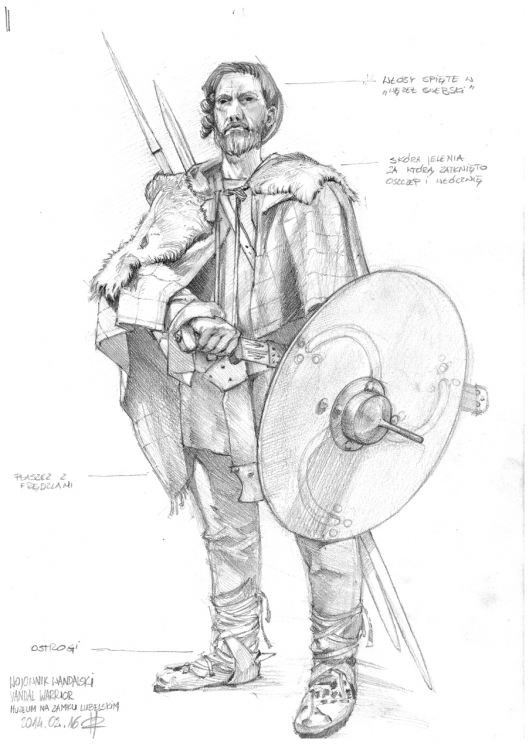
See this link for wolf and dog symbolism: https://ralphhaussler.weebly.com/wolf-mythology-celtic.html
Edit2: other possibility
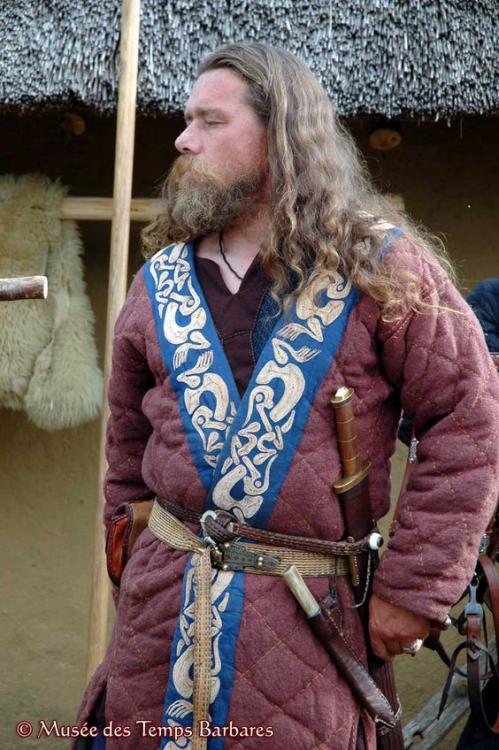
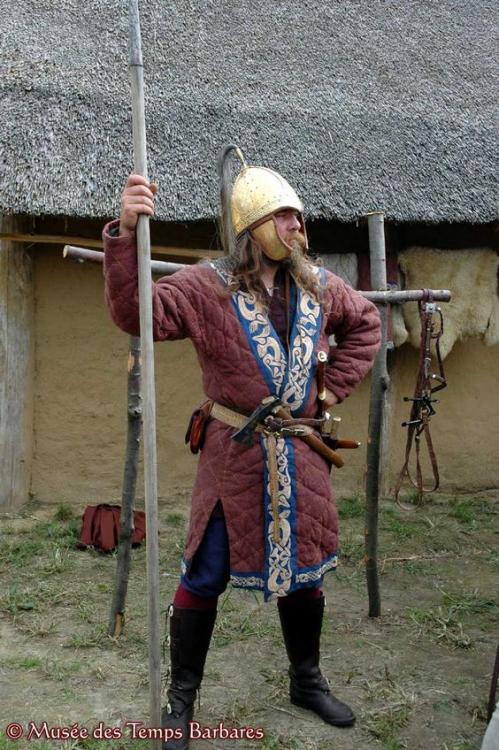
-
SEGA and Creative Assembly have announced a brand new major expansion for the highly successful Total War: Three Kingdoms, titled The Furious Wild, which will be launching on Steam on September 3rd. To celebrate, check out the debut trailer below.
The Three Kingdoms expansion will add a brand new area to the map of third century China, with the deadly jungles at the South introducing four new factions within the tribes of Nanman. Players can choose from Warlords such as Meng Huo, King Mulu, Lady Zhurong and King Shamole, using their new units and abilities to try and claim China for their own.
The Furious Wild includes 25+ units, including plenty of animal units with which to terrorise your enemies, along with a new section of the map and completely unique events and missions surrounding the Nanman. The DLC also coincides with a free update that adds a new Han Warlord – Shi Xie, new juggernaut artillery, gate battles and a host of quality of life updates.
The Furious Wild expansion will be available to pre-order on Steam ahead of its launch on September 3rd, and will cost £14.99/ €18.99/ $18.99. Will you be playing it? Sound off in the comments.
-
 1
1
-
-
That's really broken diplomacy XD
-
 1
1
-
-
-
2 minutes ago, wackyserious said:
Shifted to the Monte-Bibele type, any suggestions for the shield boss?
It should be nice to have a new one for Brennus like this one:
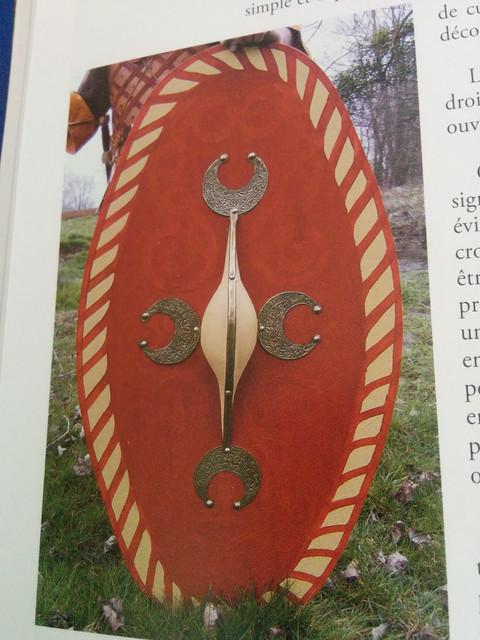
But for the moment you can shift to this one, this is the closest thing for the period:
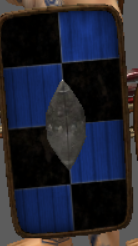
-
 1
1
-
 1
1
-
-
30 minutes ago, wackyserious said:
Sorry but this is not okay. Brennus is a 4th century figure and here the helmet and the shield boss are material found in the 1st century BC.
Currently for this timeframe we have:
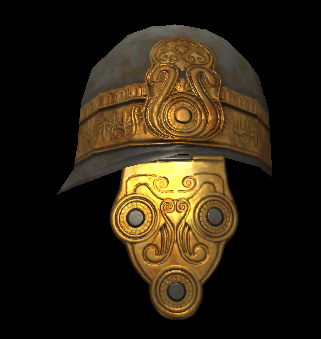
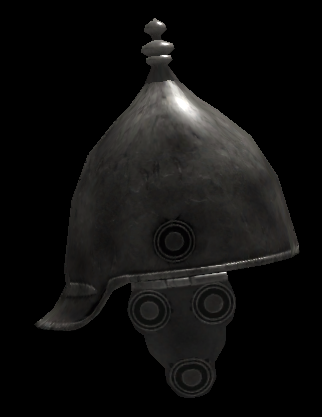
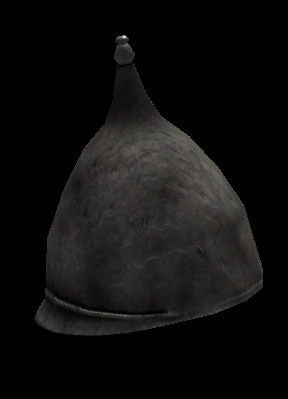
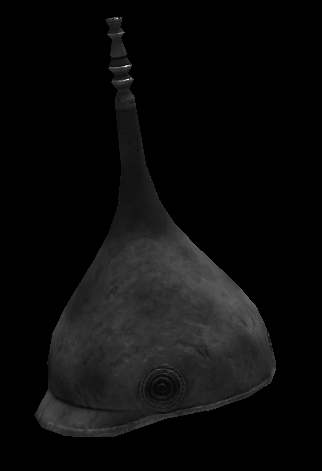
And maybe this prototype:
-
 1
1
-
-
1 hour ago, wackyserious said:
What about the limed hair for some of the units for Gauls? Should it be replaced with a regular ones?
Limed hair is attested by Diodorus Siculus:
"The Gauls are tall of body with rippling muscles and white of skin and their hair is blond, and not only naturally so for they also make it their practice by artificial means to increase the distinguishing colour which nature has given it. For they are always washing their hair in limewater and they pull it back from the forehead to the nape of the neck, with the result that their appearance is like that of Satyrs and Pans since the treatment of their hair makes it so heavy and coarse that it differs in no respect from the mane of horses"
But as you see, it doesn't mean spiked hair. It could have existed as well, but this is not the thing commonly depicted.
A recently found statue:
Spoiler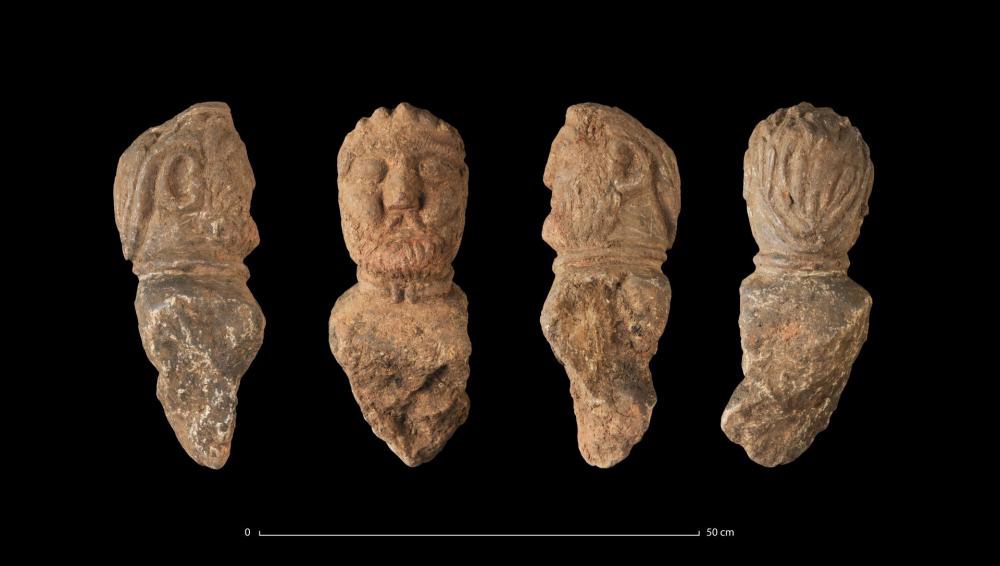
It is possible some Celts had some-kind of crazy hair cut according to a few coins (like a punk):
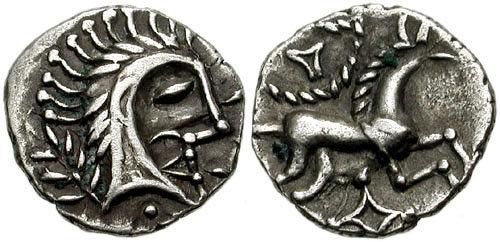 Spoiler
Spoiler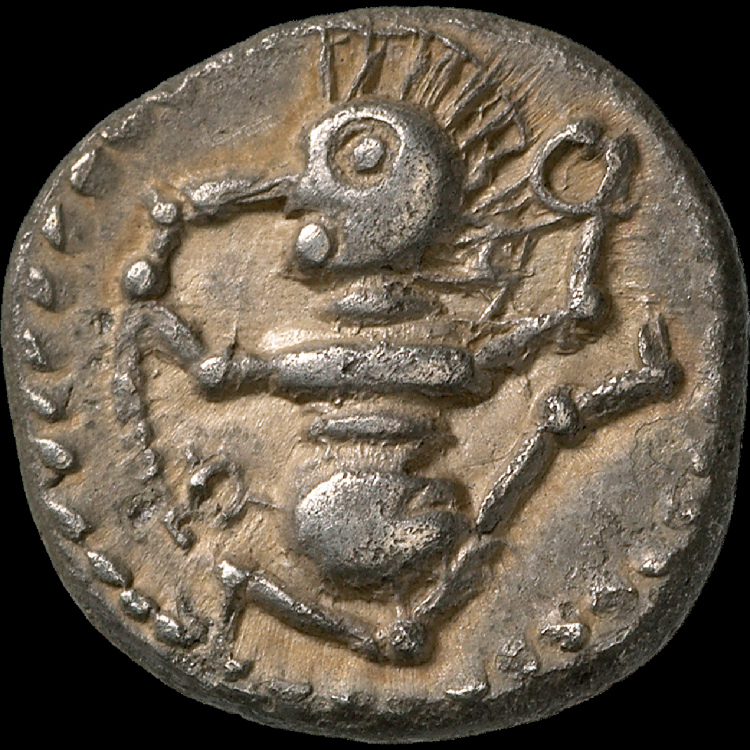
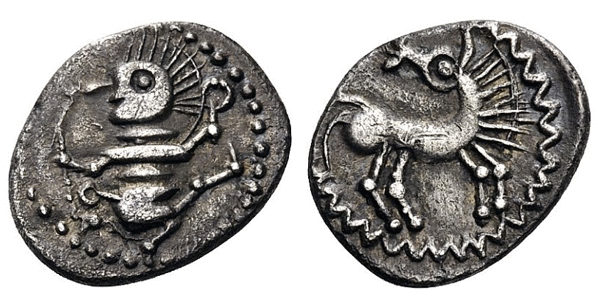
Some kind of full braided hair
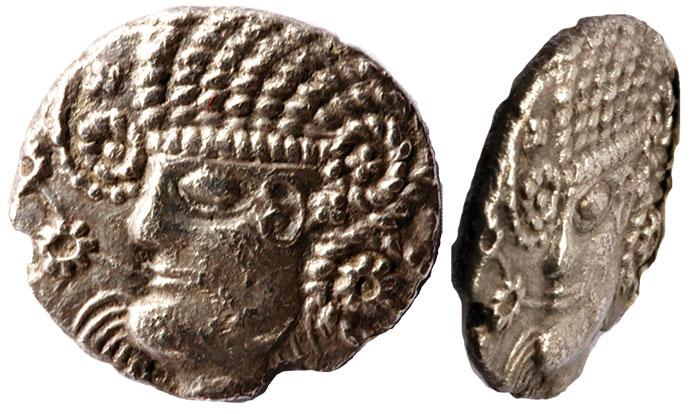
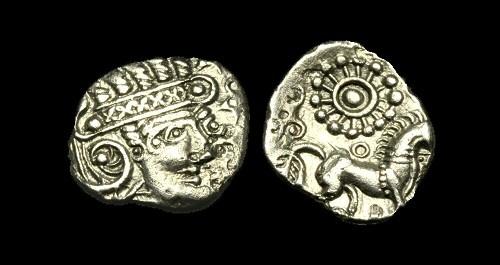
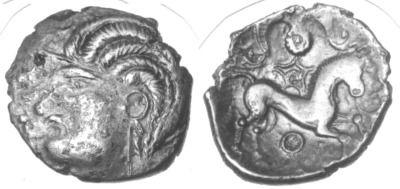
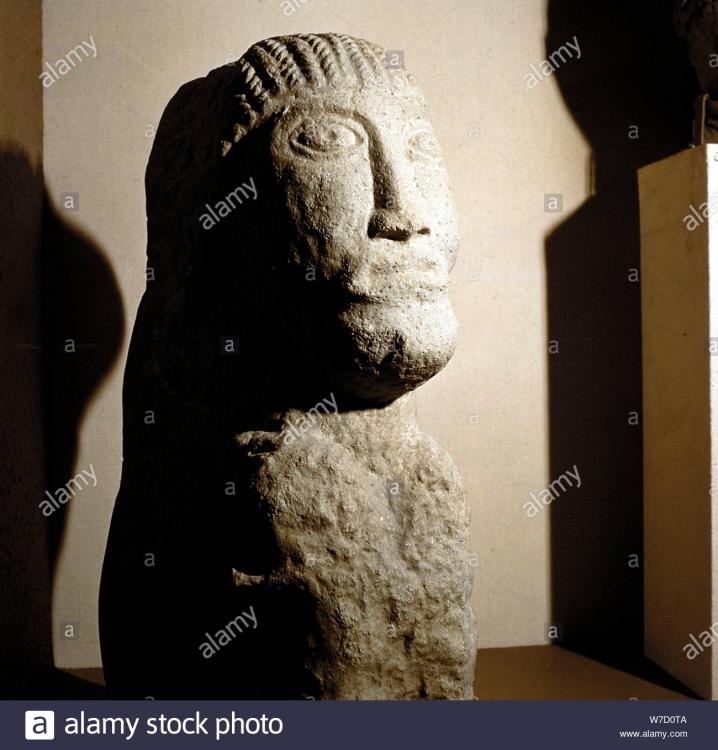
This could be related in the Xanten parade helmet, which was decorated with hair:
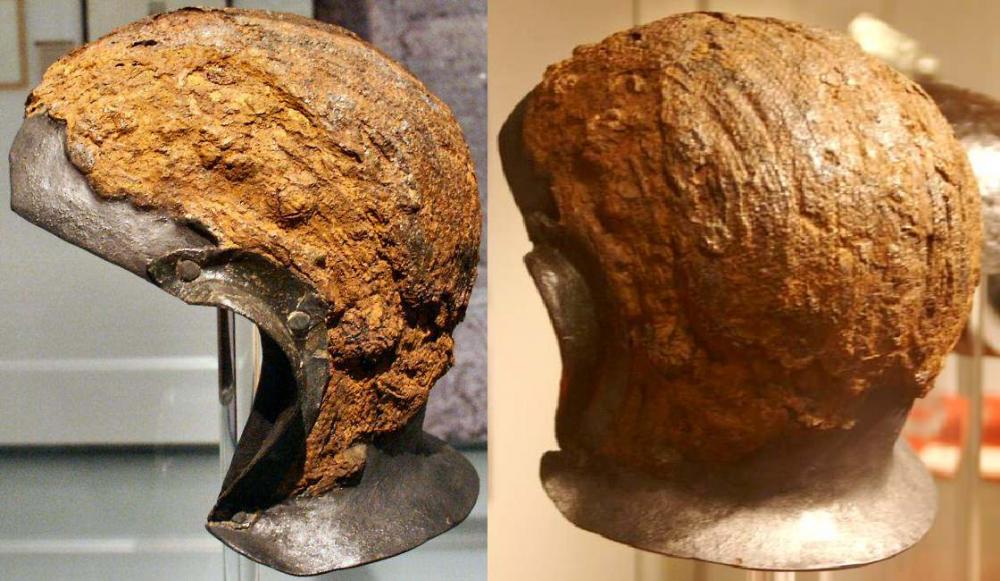
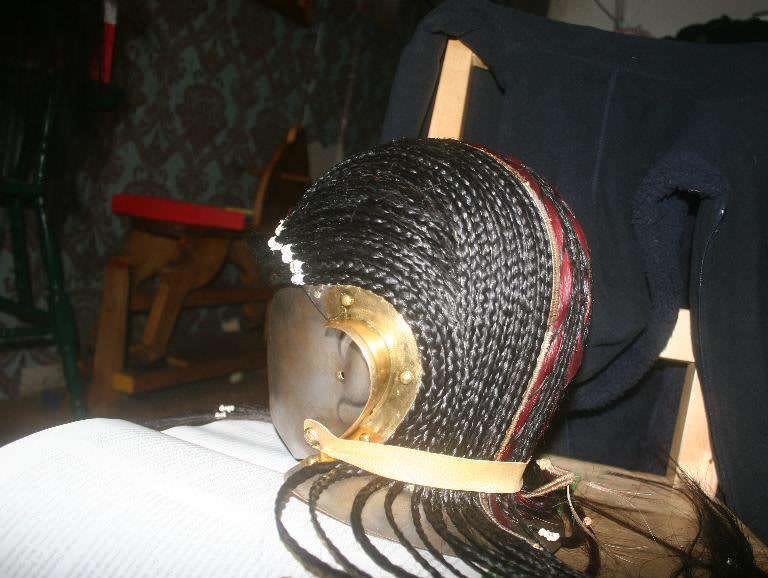
Notably there is an account of Gargenus wearing hair on its helmet from a Suebian foe, the trophy was taken by Flaminius after Gargenus defeat:
Sil., Pun., V, 132–9 : “His [Flaminius] tough helmet was made of bronze and the tawny hide of a sea-calf; and above it rose a triple crest, with hair of the Suevi hanging down like a mane ; and on the top stood a Scylla, brandishing a heavy broken oar and opening wide the savage jaws of her dogs. When Flaminius conquered and slew Gargenus, king of the Boii, he had fitted to his own head this famous trophy that no hand could mutilate, and proudly he bore it in all his battles.”
There are also accounts of double breaded long hair:
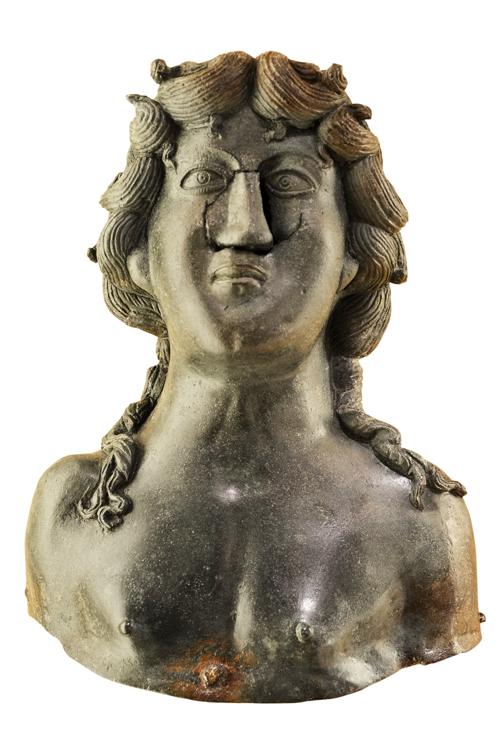
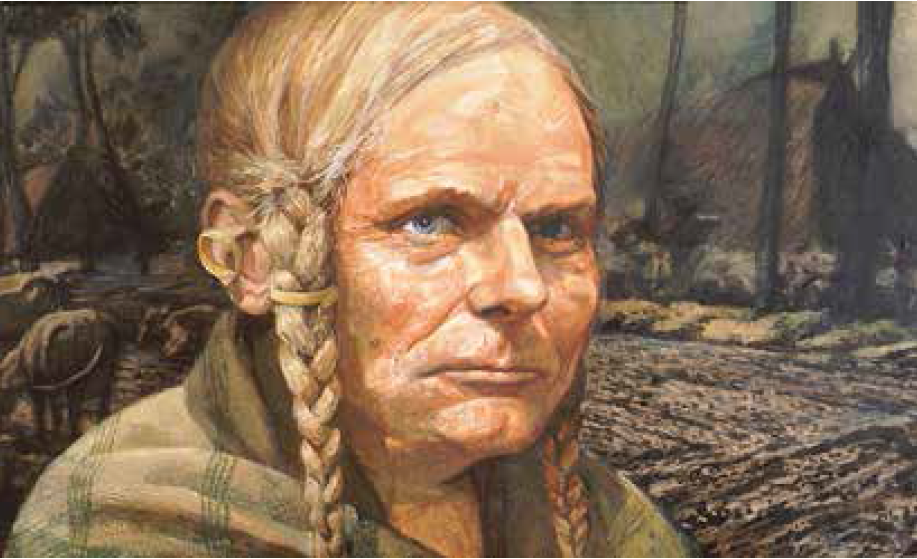
And simple breaded hair:
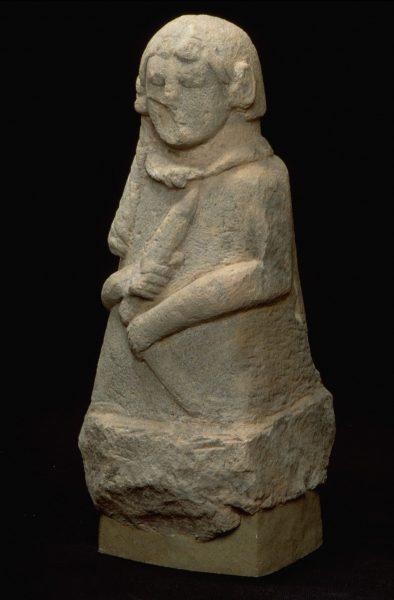
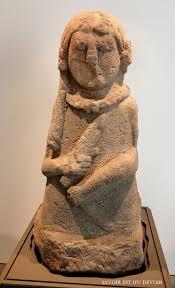
Finally, probably they had different kind of headband:
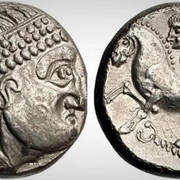
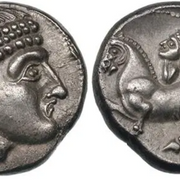
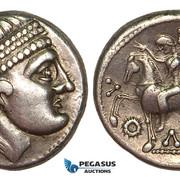
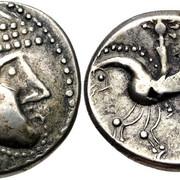
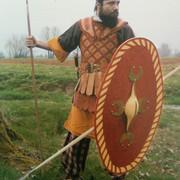
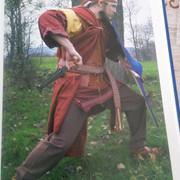
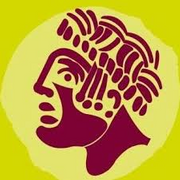
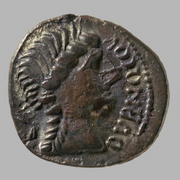
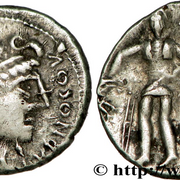
-
 1
1
-
-
-
-
12 minutes ago, wackyserious said:
Here are some old light armor textures that are not yet incorporated.
That's not bad, maybe the tunic is a bit too long and looks like a robe. It shouldn't go lower that the end of the pteryges.
-
 1
1
-
-
Spoiler
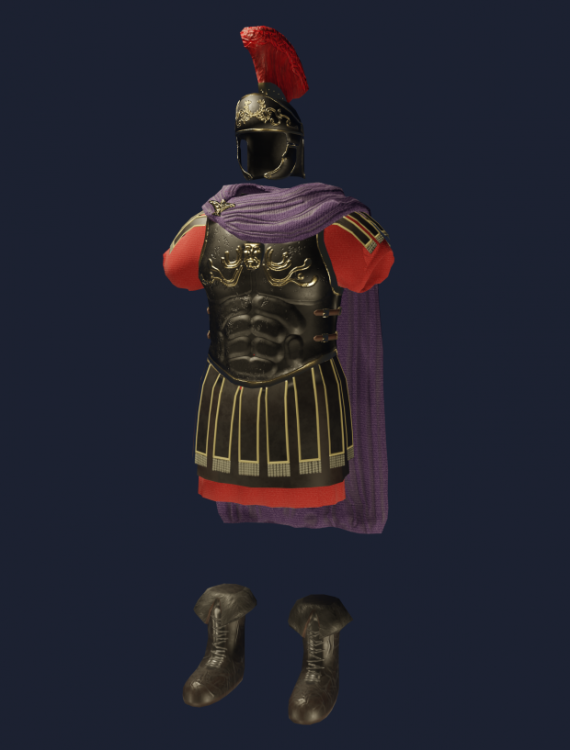
You should stay far away from this mod because this is among the least reliable. There is not a single thing correct in this asset and in this mod in general. I tried to talk with the main leader of the project but he is quite sensitive and it is impossible to discuss the general issue with his mod. Somehow, he believes that the person advising him on the historical evidences is very reliable while clearly this is not the case, even the Roman assets are completely out of frame and poorly done. I have the feeling to see some guys in Rome dressed as centurions for the tourists with peplum's like outfits.
1 hour ago, wackyserious said:What are your thoughts on this? @Genava55 and others
No evidences for this kind of pads. The belt buckle is totally anachronistic, this kind of buckle were popularized by the Romans. The cheekguards of the helmet are weirdly decorated with some kind of cavemen symbols. The texture is ugly as hell by the way.
A Gallic belt close to the Gallic Wars looks like this:
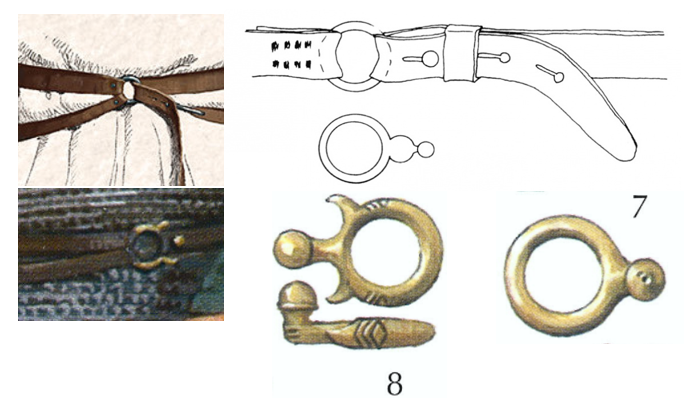 1 hour ago, wackyserious said:
1 hour ago, wackyserious said:Took inspiration from this Bannerlord mod asset. Shawl armor shape was inspired from the circular chain mail shoulder pads seen in some contemporary illustrations, I used padded cloth instead.
This kind of shoulder pads is indeed attested, although this is a shape better suited for chain mail.
Padded clothes could have been in use, there is a possible account of this on the arch of Orange. However there is no shoulder pads on it. I don't have any real issue with your choice.
However the soft leather armor is simply useless. This is a kind of subarmalis and it protects almost nothing.
EBII made a kind of linothorax for a Celtic unit that could interest you:
Based on this reference
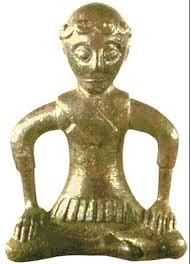
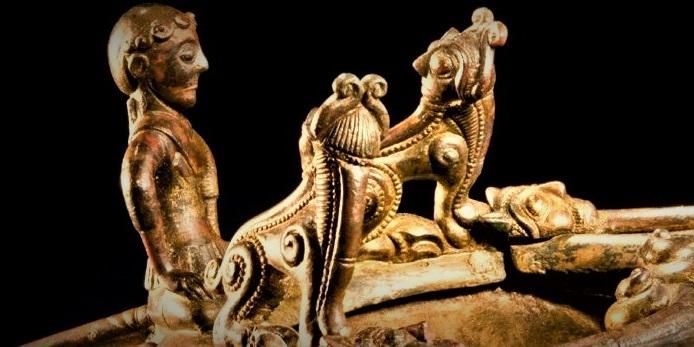
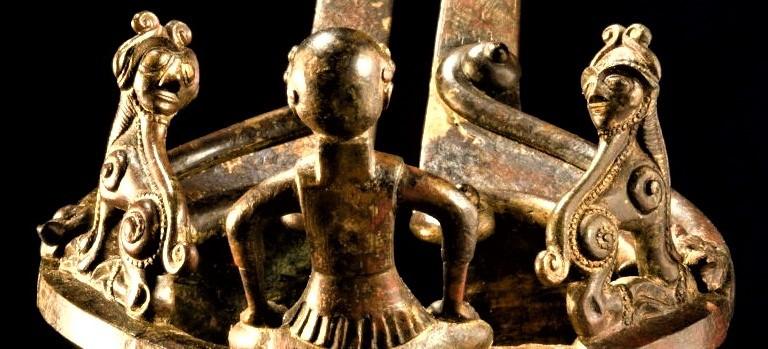
-
 1
1
-
 1
1
-
-
By the way I still remember this reference:
Arrian, Anabasis Alexandri: Book VIII (Indica), XVI. The Indians wear linen garments, as Nearchus says, the linen coming from the trees of which I have already made mention. This linen is either brighter than the whiteness of other linen, or the people's own blackness makes it appear unusually bright. They have a linen tunic to the middle of the calf, and for outer garments, one thrown round about their shoulders, and one wound round their heads. They wear ivory ear-rings, that is, the rich Indians; the common people do not use them. Nearchus writes that they dye their beards various colours; some therefore have these as white-looking as possible, others dark, others crimson, others purple, others grass-green. The more dignified Indians use sunshades against the summer heat. They have slippers of white skin, and these too made neatly; and the soles of their sandals are of different colours, and also high, so that the wearers seem taller. Indian war equipment differs; the infantry have a bow, of the height of the owner; this they poise on the ground, and set their left foot against it, and shoot thus; drawing the bowstring a very long way back; for their arrows are little short of three cubits, and nothing can stand against an arrow shot by an Indian archer, neither shield nor breastplate nor any strong armour. In their left hands they carry small shields of untanned hide, narrower than their bearers, but not much shorter. Some have javelins in place of bows. All carry a broad scimitar, its length not under three cubits (approx. 138cm); and this, when they have a hand-to-hand fight -- and Indians do not readily fight so among themselves -- they bring down with both hands in smiting, so that the stroke may be an effective one. Their horsemen have two javelins, like lances, and a small shield smaller than the infantry's. The horses have no saddles, nor do they use Greek bits nor any like the Celtic bits, but round the end of the horses' mouths they have an untanned stitched rein fitted; in this they have fitted, on the inner side, bronze or iron spikes, but rather blunted; the rich people have ivory spikes; within the mouth of the horses is a bit, like a spit, to either end of which the reins are attached. Then when they tighten the reins this bit masters the horse, and the spikes, being attached thereto, @#$% the horse and compel it to obey the rein.
-
 1
1
-
-
6 hours ago, Ultimate Aurelian said:
It cites a ''rebellion against Yang Shuan in 180 a.d'' but i can't find any other source on this event.
Me neither. Moreover there are numerous rebellion at that time so if the spelling or the translation of the name is wrong then it would be difficult to find the good one.
Anyway, I think we can give to the Mauryas a bow powered ballista throwing arrows, the oxybeles.
For the throwing stone catapult, either a lithobolos using a Greek design (double torsion), or a bigger bow powered ballista.
A battering ram like other civs.
Those three siege engines can be easily implemented with little or no disagreement. Faster and simpler way to give siege weapons to the Mauryas.
Other devices like an incendiary weapon could be more contentious.
-
 1
1
-
-
In regards to the relationship between ancient Indians and Greeks, probably an oxybeles and a lithobolos:
Technical Devices in Ancient Alexandria and their Equivalents in the Indian Cultural Area
1 hour ago, Ultimate Aurelian said:I am not sure how it worked, a kind of battering ram? a mallet used by sappers?
There is already a maceman. I was thinking about an engine, maybe with a torsion.
But probably that a battering ram is much easier to include.
-
Maybe we should skip the Sarvatobhadra (the cartwheel shape engine), this is too complicated.
We still have the Jāmadagnya shooting arrows and the Āsphāṭima, a kind of catapult shooting non-specified projectiles.
What devices could be suitable candidates?
- The pào or chinese mangonel?
- The oxybeles?
- The lithobolos?
- The onager?
- A kind of bow catapult? (not sure it really existed however)
Finally about the battering ram, does a hammer device is an interesting idea?
Does an incendiary siege weapon is too much?
-
1 hour ago, Nescio said:
As am I. I'm simply having difficulty imaging how it could work. Also, “cartwheel-shaped engine” is not the same as “engine with a wheel”.
Indeed. Now I am wondering if it is a catapult at all. Because the translator used the word catapult for the Āsphāṭima but not for the Sarvatobhadra.
Maybe it is simply like a water mill to throw big stones from the walls at short distance or a wheel you spin with a long sling in rope to throw a large stone at modest distance.
1 hour ago, Nescio said:In that case the wheel should be located on the axis on the end, which is wound to get torsion on the sling-arm of the onager, right?
Not really. When an onager is assembled, you need to put stress on the axis where the arm is fixed. When it is ready to work, the arm is not resting against the frame (the front beam), it is actually pushing against it. The winch by pulling the arm to load the catapult gives an extra torsion but much of the torsion is already set before pulling the arm.
This is quite obvious in the reenactment in "Battle Castle with Dan Snow" of what they called a mangonel, the arm bounces on the frame but immediately comes back pushing against it after the shot.
And there is a good reason for this, elasticity is not linear, especially on ancient material. If the sinews is not properly stressed before pulling the arm, then when you will shot you will get a significant time during which the arm is not getting a supplementary acceleration. The acceleration needs to be constantly in work during the shot to have a maximum of efficiency, so for that the force must be applied continuously. The sinews must be above a threshold of torsion to have this continuous force applied during the release.
-
4 hours ago, Nescio said:
It's striking indeed. However, that one evidently evolved from the mangonel (“traction trebuchet”) that reached Europe only in the Early Middle Ages. Its design is much simpler to construct or use than any torsion engine, and far more powerful. If something like that already existed in 5th C BC India, then why did it disappear without consequence?
I specifically said I wasn't talking about the mangonel or the trebuchet as suitable candidates.
It is simply the idea of large wheels used either for the torsion of the sinew around an arm or for the traction of a rope that could fit with the description. In the case of an onager, there are only two axis where some wheels-shaped handles could fit (I am not sure of the word in English, a crank, a handle, a winch reel?): the axis for the torsion storing the energy for the propulsion or the axis to pull the arm and to load the weapon.
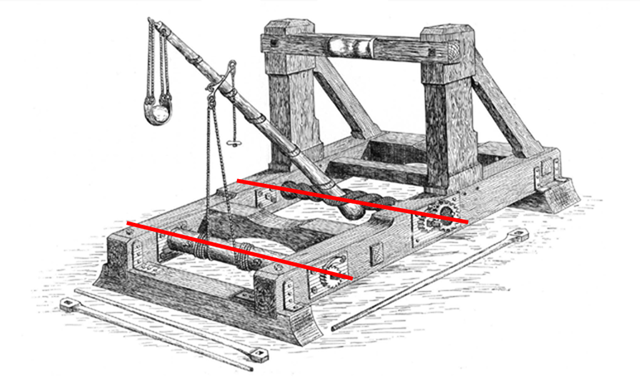
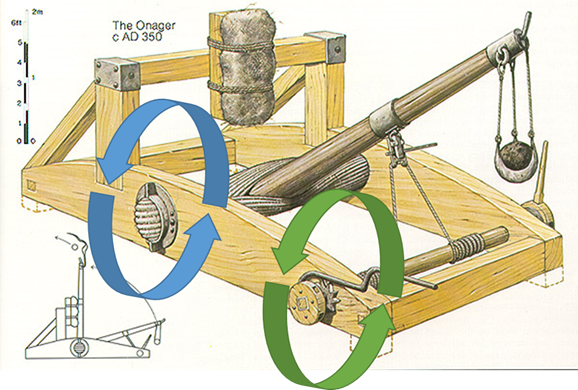
Personally I would have imagine the "wheels" on the axis for the torsion, controlling the force of the propulsion.
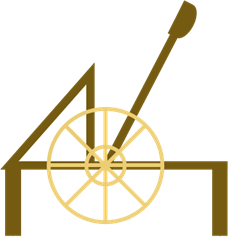 4 hours ago, Nescio said:
4 hours ago, Nescio said:The cartwheel suggests these devices belong to the same family.
How? It is a stationary/immovable device and it is said only to have a shape like a cartwheel, not necessarily wheels to move the engine. The verb "to spin" can be used in several situation other than a rolling device.
The only alternative I see is that it is nothing like a catapult but actually something to push stones from the fortifications. But the translation uses the word "hurl".
4 hours ago, Nescio said:This suggests a composite bow-based weapon (like the Mediterranean torsion engines), as does 2.18.2–3:
Clearly, there are other devices mentioned as well throwing projectiles.
Any bow-based catapult like an oxybeles would be as well reasonable hypothesis.
Even a catapult like this is much more simpler:
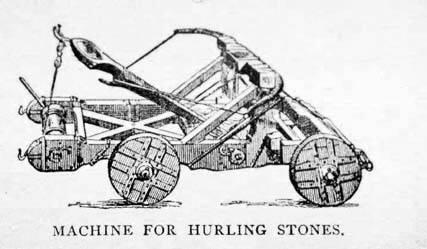
The same for a Chinese like trebuchet based on men traction, it could be as well a reasonable hypothesis due to its simplicity.
I was simply curious about this cart-wheel shaped engine.
-
 1
1
-
-
41 minutes ago, Nescio said:
Like the London Eye?
That's a good example, although a bit too large (euphemism). I had in mind the trebuchet/mangonel with wheels on the side, this is a striking feature for myself and other people.
I am not suggesting that siege engine specifically, which is very different than an onager. But this is only the way I imagined when the mechanism could take a lot of room in the imagination of an observer to end with "cart-wheel shape" observation.
My hypothesis, trying to stay simple and reasonable, is simply that two large wheels on the sides were used to make the torsion. Since the onager has such a simple design, not very large, the wheels could be quite a striking feature in comparison.
Otherwise, a cart-wheel shape catapult would necessitate much more fantasy (like Da Vinci prototypes).
41 minutes ago, Nescio said:It's not exactly clear when one-arm engines were first designed. However, I believe the composite bow → gastraphetes → oxybeles → ballistra → scorpio → onager → springald evolution is fairly well accepted?
The author of the article seems to consider the possibility that during Philon's lifetime the principle of an one-armed catapult already existed.


.thumb.jpg.b21ca1d0c15fb56b42c39b25a0a40815.jpg)
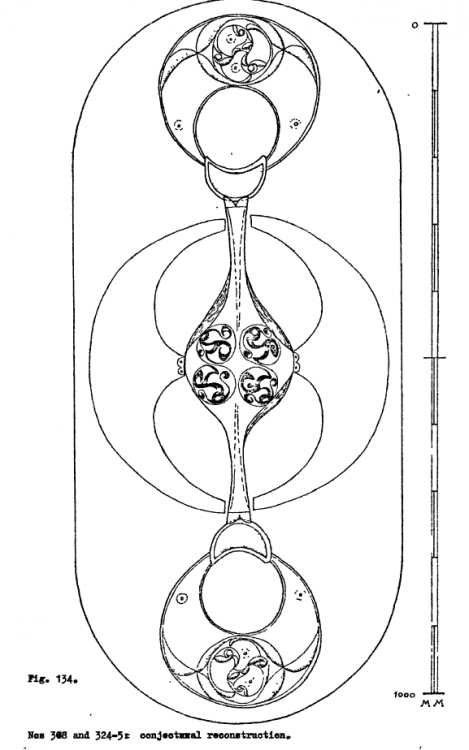
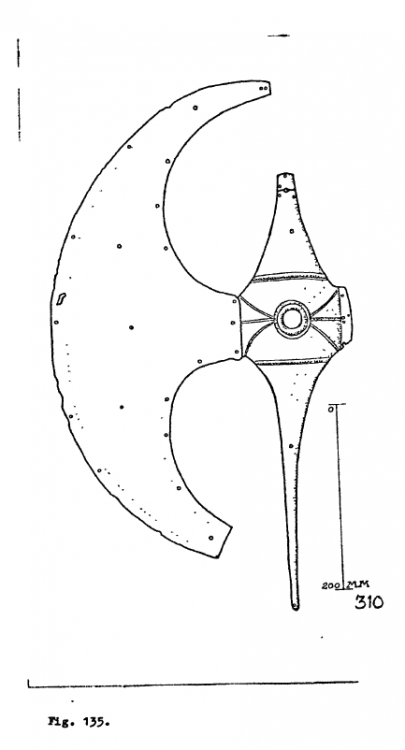
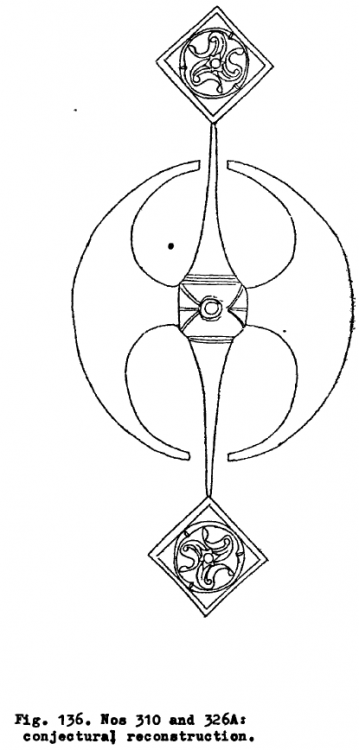
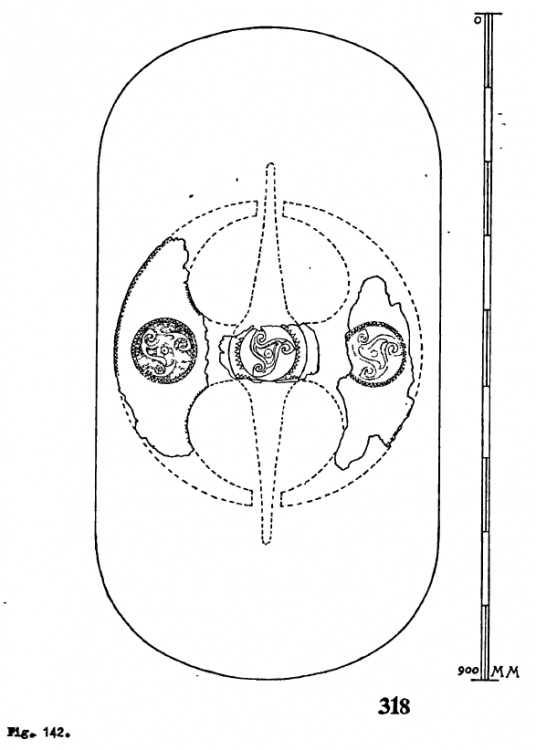
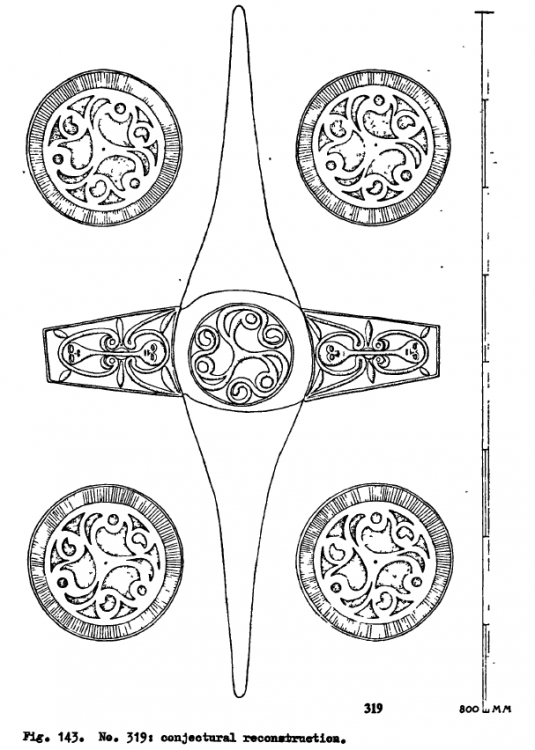
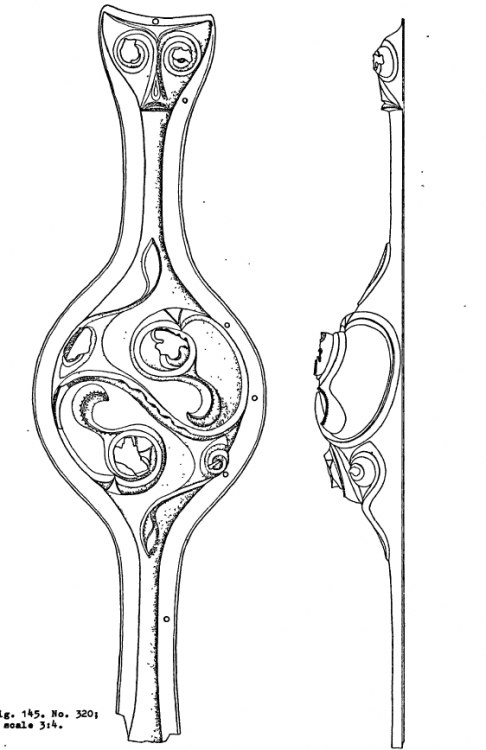
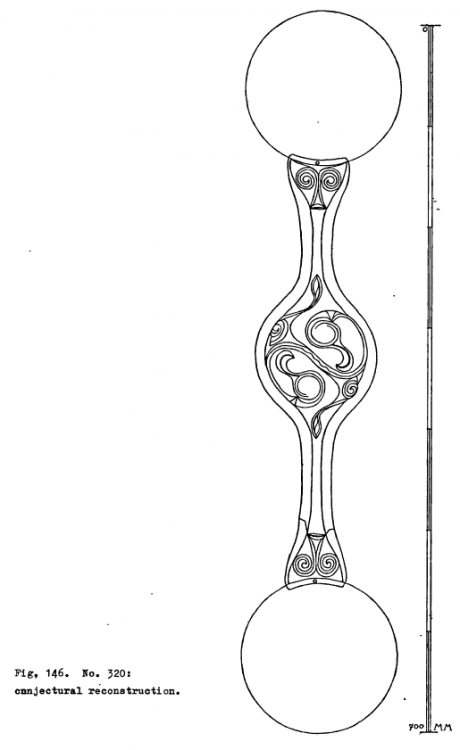
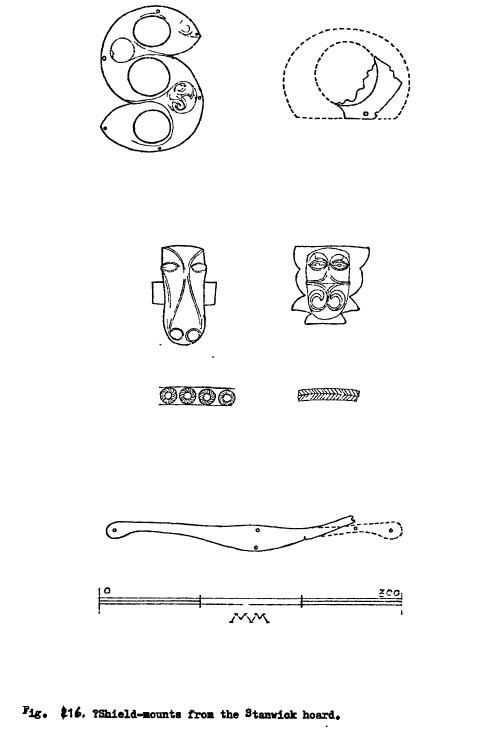
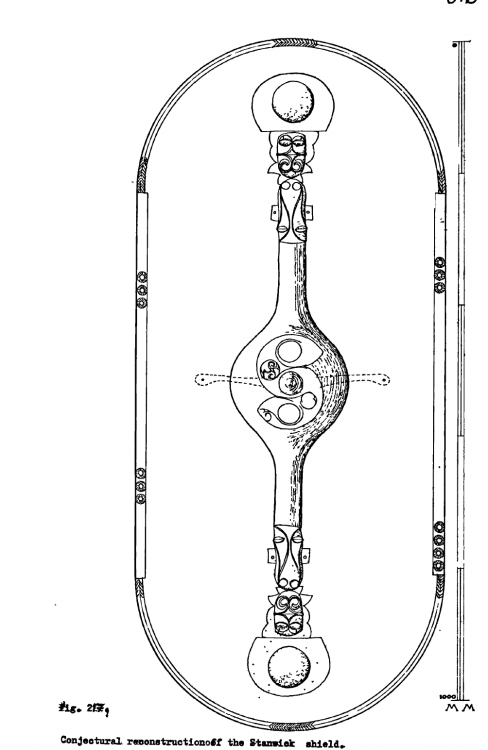
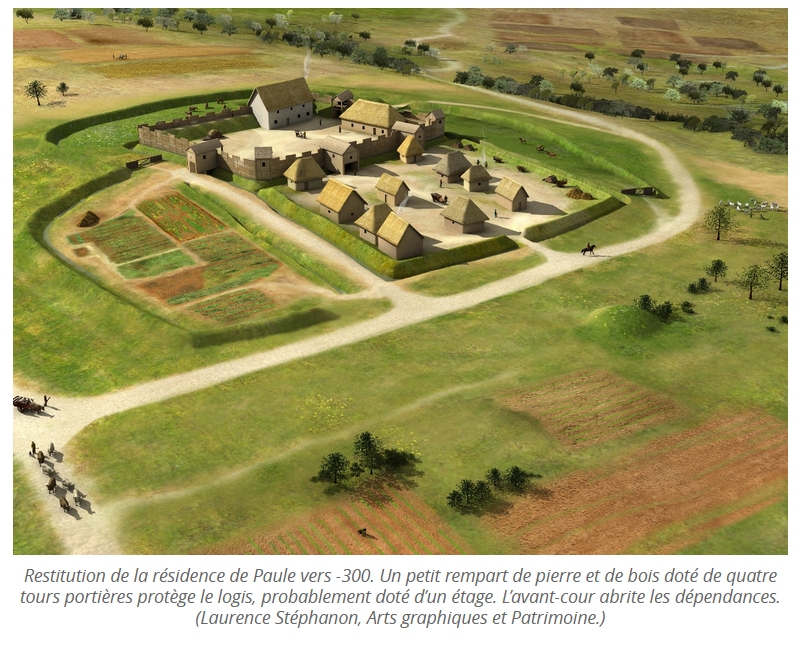
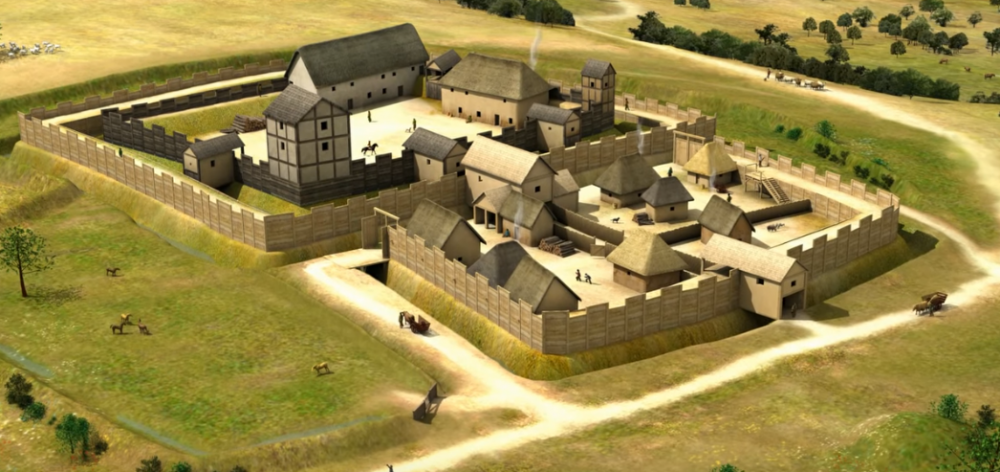
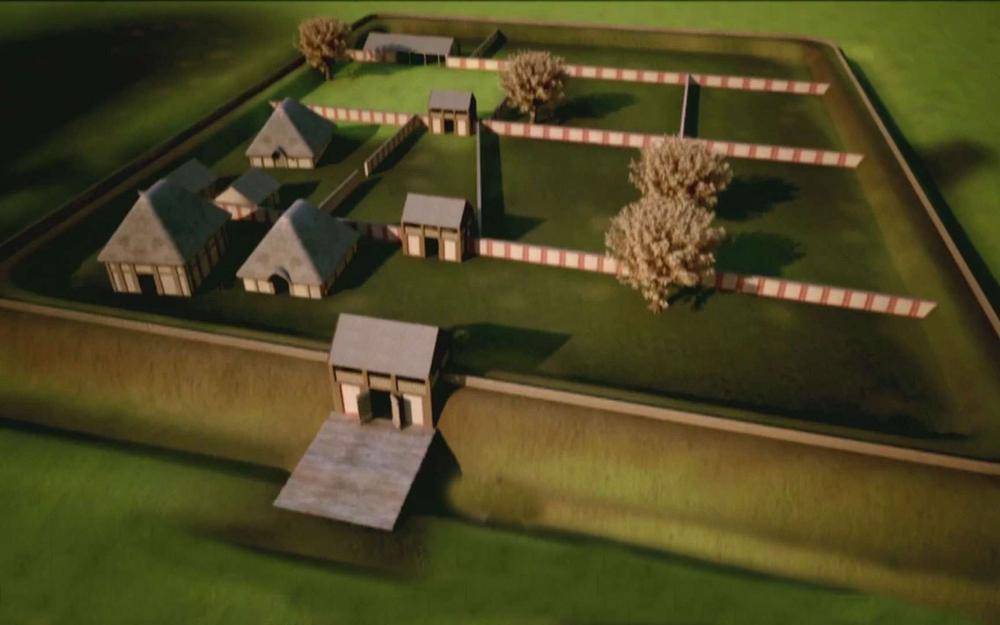
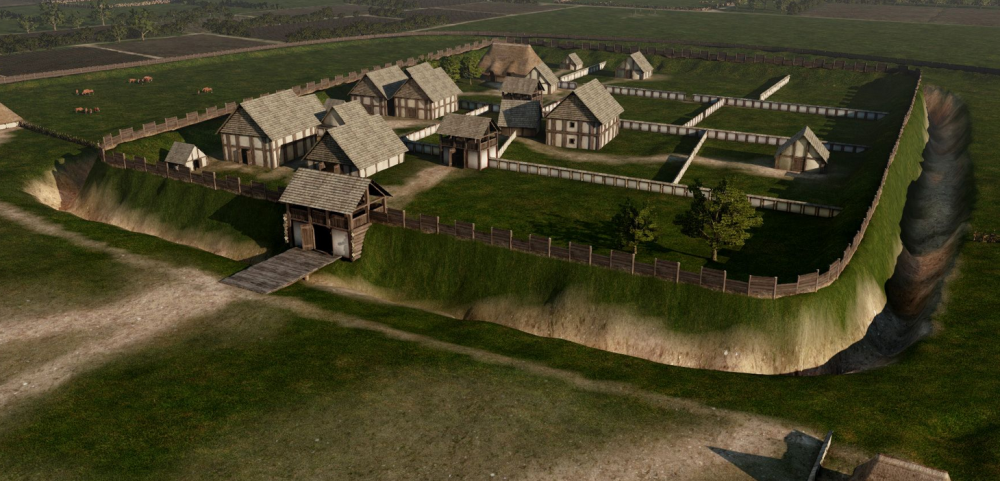
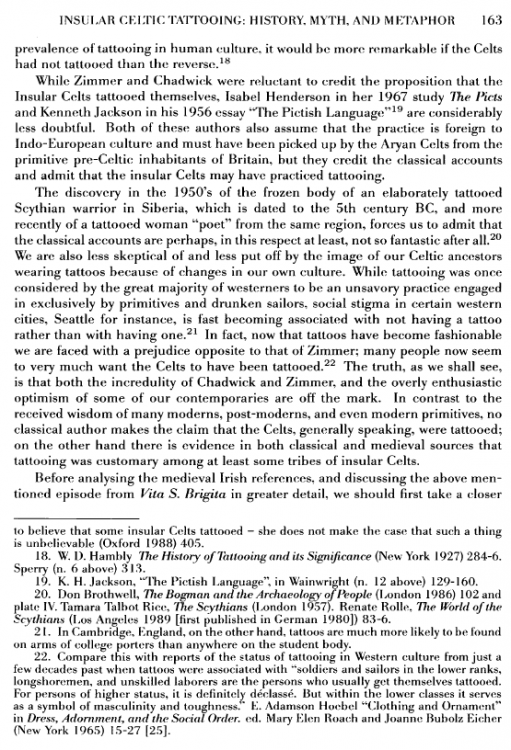
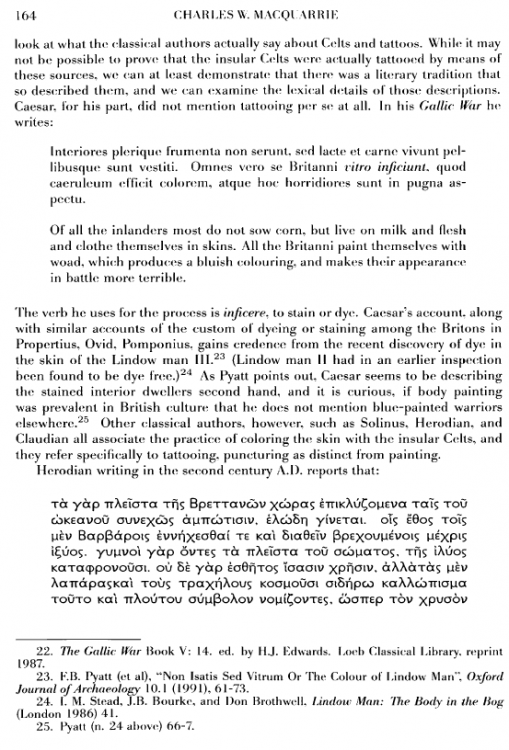
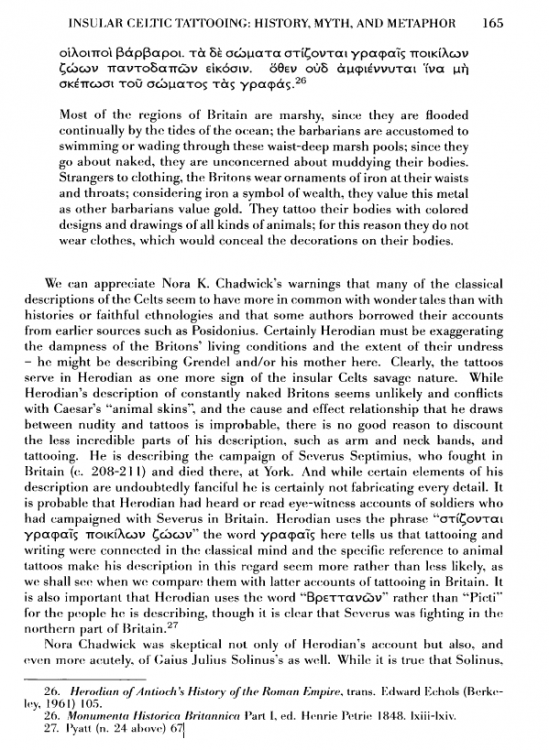
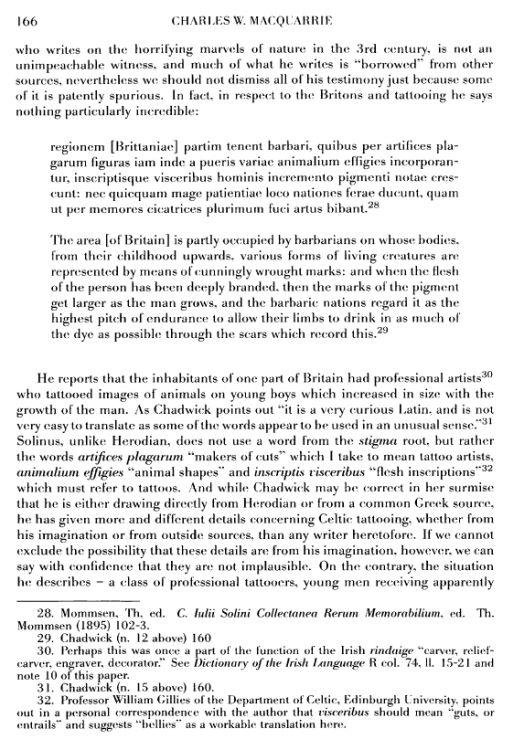
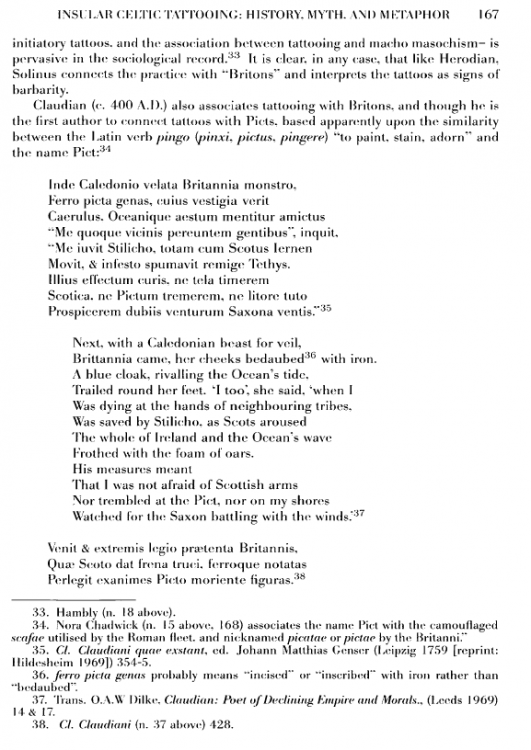
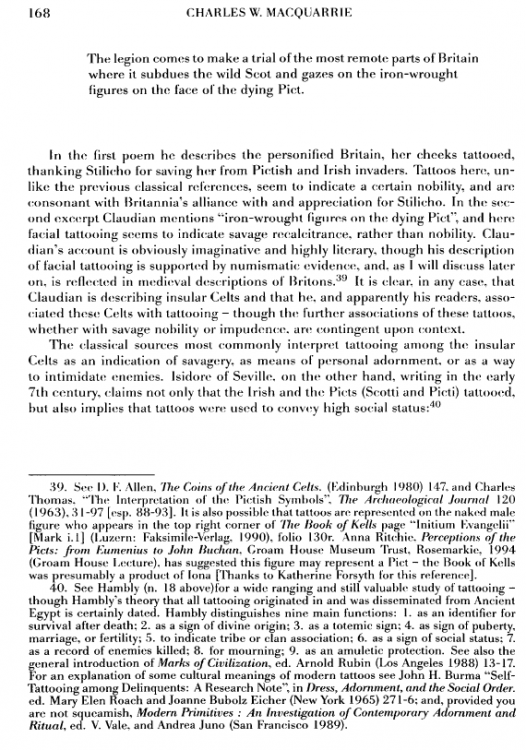
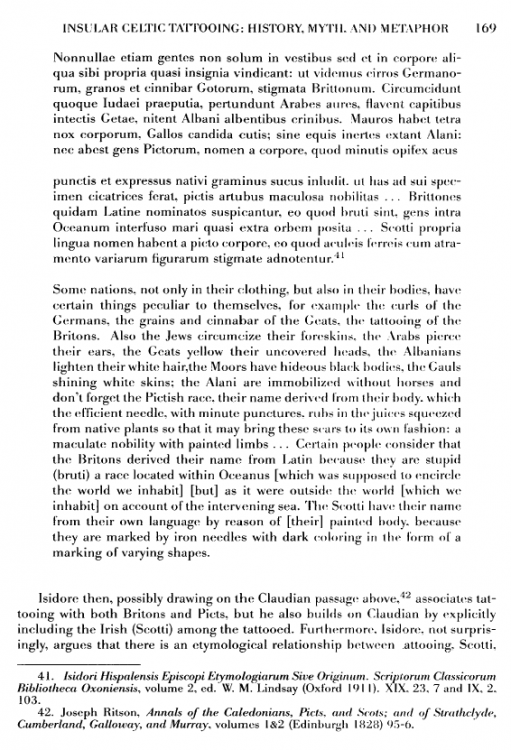
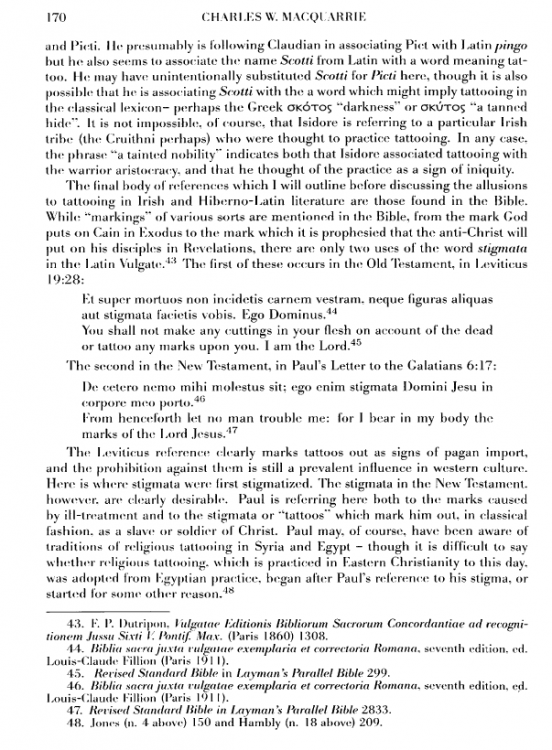
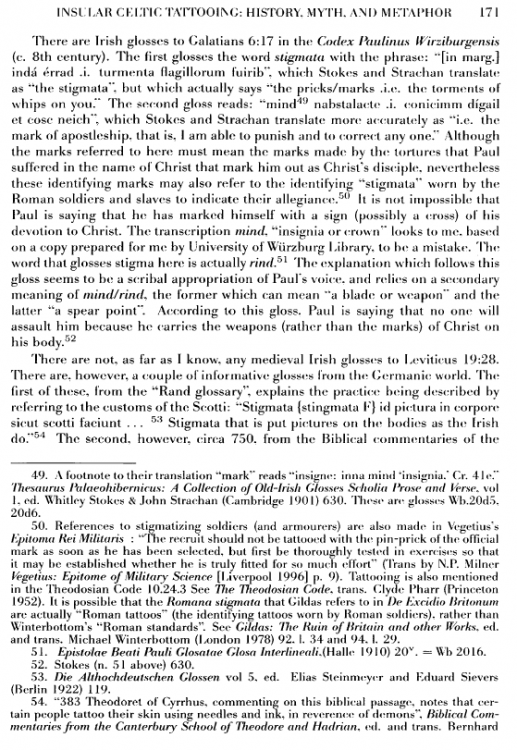
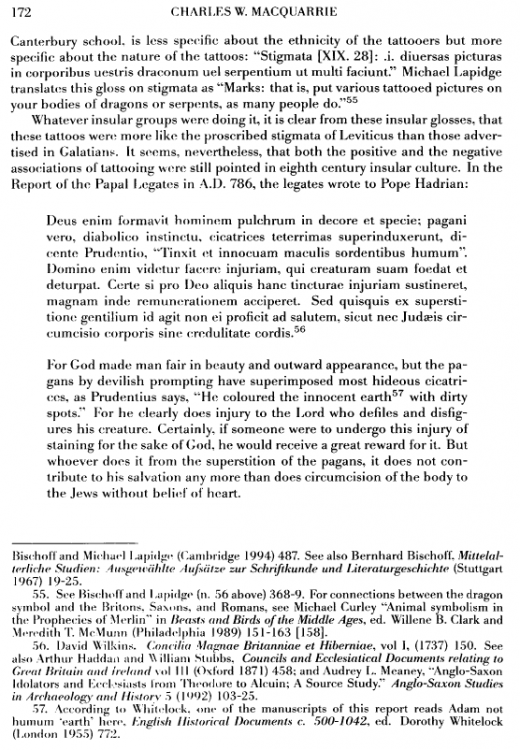
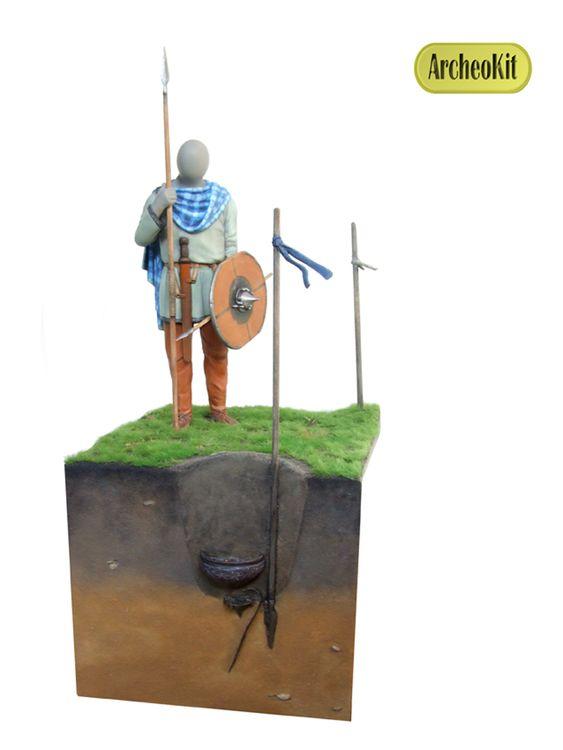
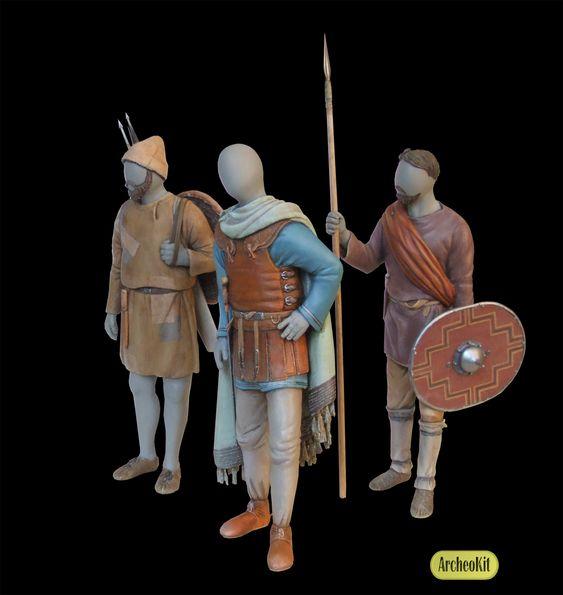
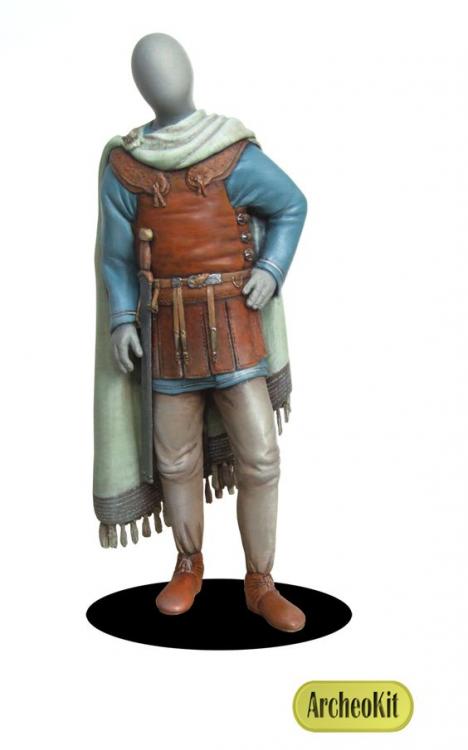
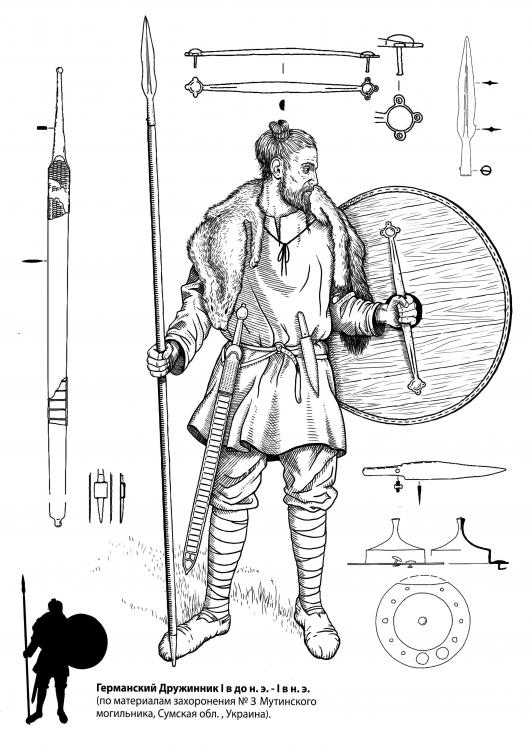
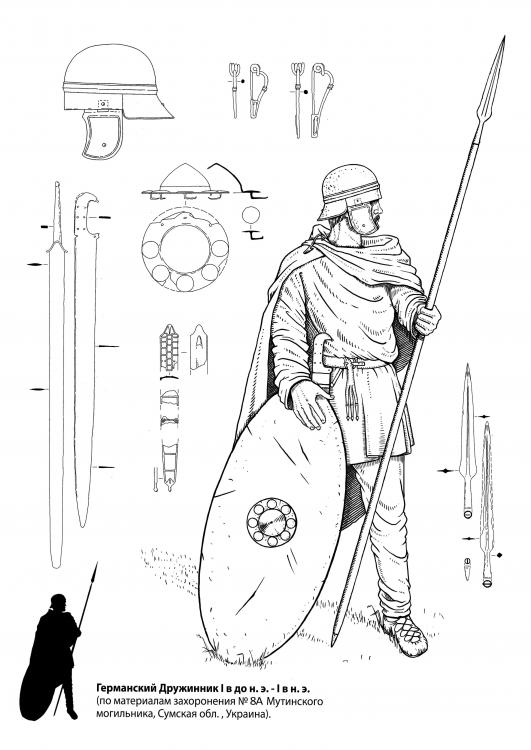
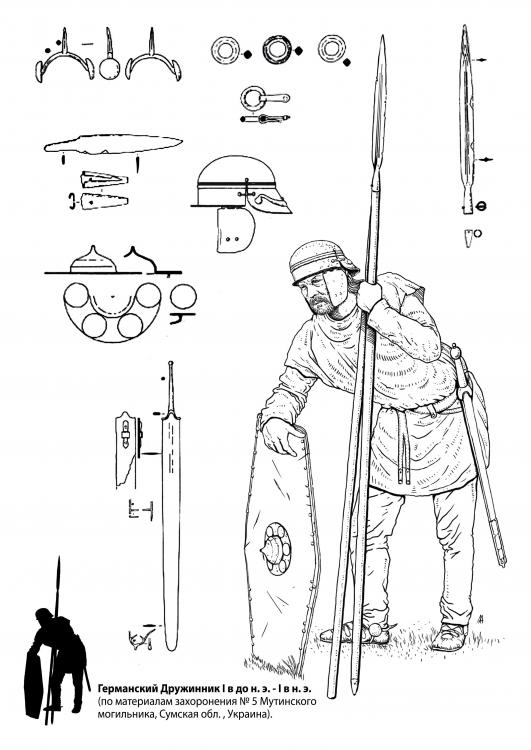
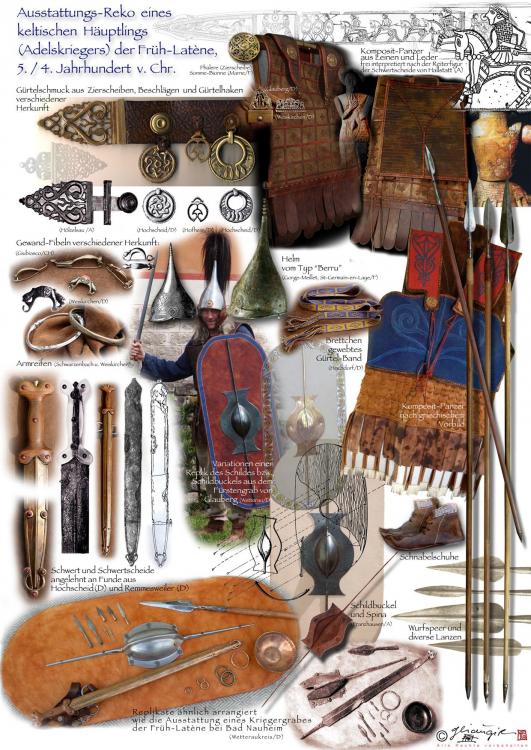
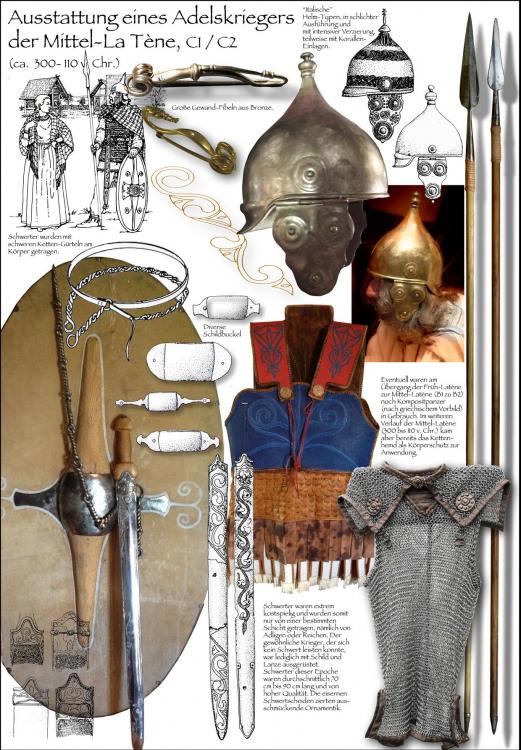
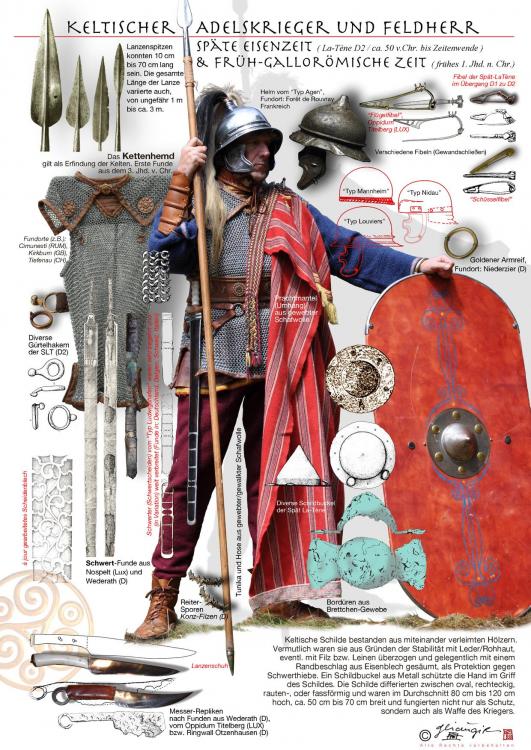
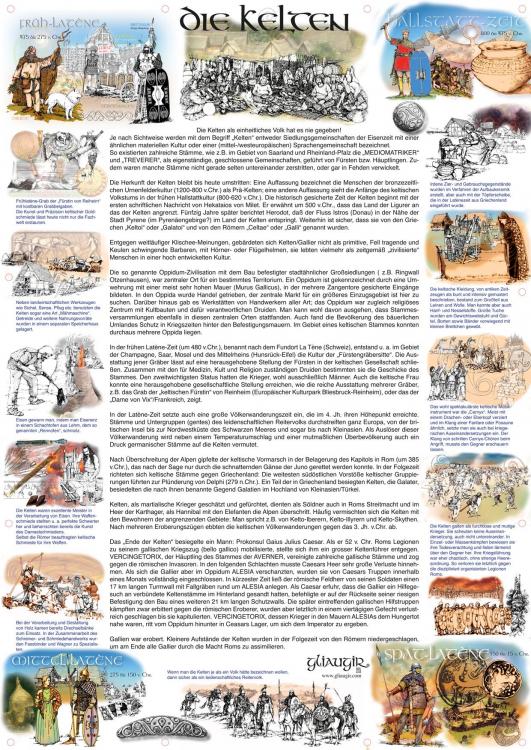
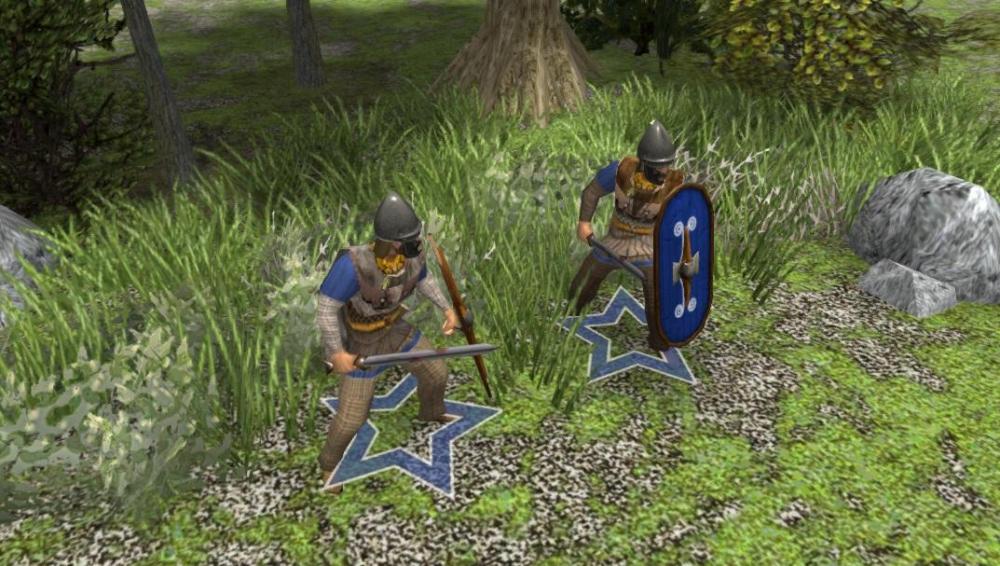
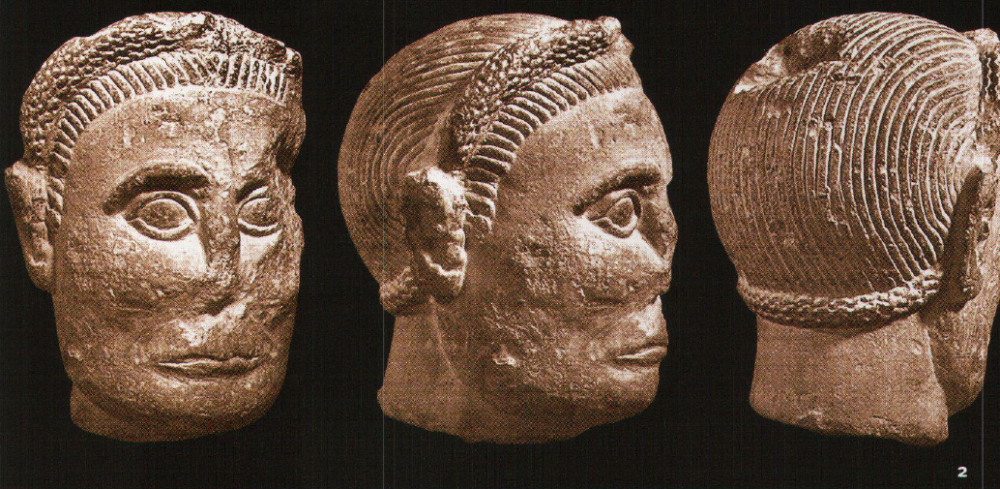
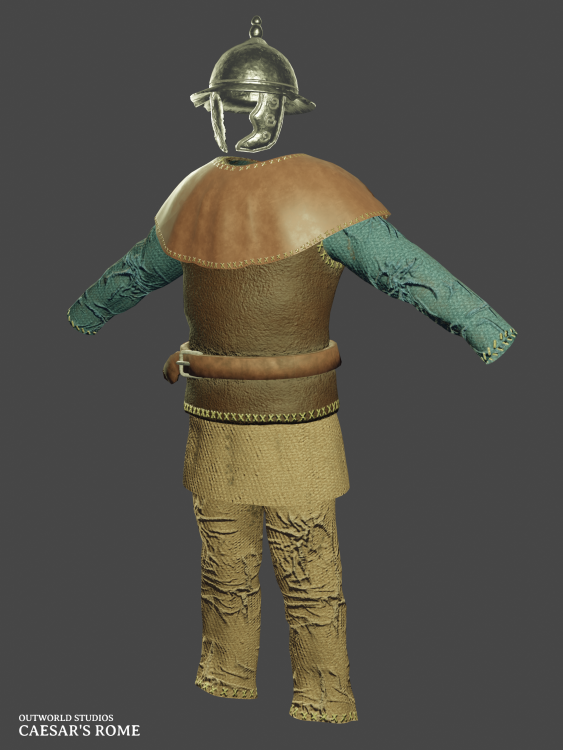
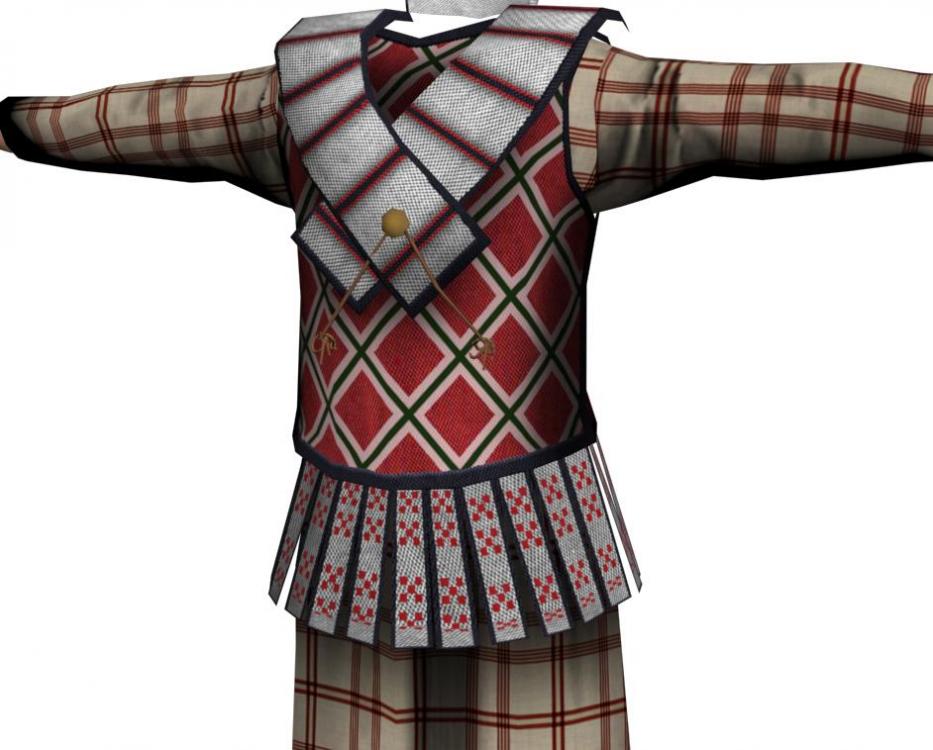
celtic reference
in Tutorials, references and art help
Posted · Edited by Genava55
Ok thx for the info.
From a historical point of view, the Britons suffer from the comparison with the Gauls, the same way the latter with the Greeks or the Romans suffer it. Making a strict and accurate comparison is not real useful in this case. Even classical literature is not really fair and interesting in the comparison between Gauls and Britons (see Strabo):
https://penelope.uchicago.edu/Thayer/E/Roman/Texts/Strabo/4E*.html
Currently both factions have as general bonus:
Gauls have, as a team bonus, the reduced blacksmith tech cost and research time.
Britons have, as a team bonus, the decrease in resources for priests/healers.
Gauls have as unique technologies/bonus the reaper increasing food collecting on farm, vae victis to get resources from destroying or capturing buildings, and finally they have "Carnutes" giving attack to their druids.
Britons have as unique technologies Sevili Dusios (which is a reference to body painting) to increase both attack speed and moving speed of melee units and Turos Maros (which seems to be a reference to folklore and tales high walls) to increase height bonus for units in structures.
From a critical point of view:
The general bonus in food collected from farm and livestock is credible for both factions. We know that both civilizations were relying a lot on agricultural and pastoral related products for export. About the Gauls, the shift from the Hallstatt to La Tène period saw a quite sharp change in crop practice with new species and more homogeneous crop type in the same field suggesting a focus on productivity. At the same time, a lot of deforestation happened to clear more lands and to feed the furnaces for increasing iron production. The Britons saw this process with a more gradual pace and a bit later, during the Oppida period with increasing Gallic/Belgic influence. Although there is one particular early feature among the Britons, at Danebury around the 5th century BC there was a lot of storage pits and small granaries to hold a significant quantity of grains. So the Britons weren't exempt of innovation, while on the continent the Gauls first increased their grain productivity, the Britons first increased their storing capacity. Concerning pastoral activities and livestock, the difference are smaller. Both were known for their animal derived products, the Gauls had a small advance on the size of the animals but that's it. The most striking difference is about pigs being more frequent in Gaul than in Britain and the reverse for the sheep. See reference to the sheep age in this article.
The general bonus for Druids increasing attack speed is a bit... both watertight and questionable. There is nothing to support it but it is enough plausible to consider it as a valid hypothesis. I don't recall any reference of druids in the battlefield excepted in the particular case of Anglesey/Mona. Although in this case, the Britons' druids were frightening the enemies more than inspiring their men but we have only the point of view of the Romans so the second option is plausible. Maybe the bonus is better suited to the Britons.
The team bonus you choose for the Gauls is good as we discussed it. A bonus in blacksmith tech is credible in regards of the influence they had on nearby "barbarians" and in regards of its legacy among Gallo-Roman blacksmiths.
We already discussed the reaper as I suggested it and I think there is no issue with it. We should simply considerate the Gauls already have a food bonus.
The Vae Victis is a good and popular reference to Brennus and it is a fair bonus since the Gauls were known to loot and plunder (even if the Romans did the same on a bigger scale, history is written by the victors). Honestly the Britons probably did the same but there is no record of it.
The Carnutes reference is a bit misunderstood. The Gauls weren't political retards and they had general assemblies above the tribal scale. One of this assembly was a meeting of all the druids in Gaul and this meeting was generally held somewhere in Carnutes territory. This assembly during the Gallic Wars decided to revolt against the Romans and to kill Roman citizens everywhere. However, the druids didn't kill the Romans themselves. So it doesn't relate to the bonus from a critical point of view.
The Britons team bonus is in relation to Caesar account (6, 13) suggesting an insular origin of the druidism and still an active place of teaching for Gallic druids at his time. That's credible although the bonus is maybe underpowered with the current use of the priest/healer.
The reference to body painting is indeed a very particular feature that should be put in front and be more visible in their difference to the Gauls. So a bonus in relation to body painting is clearly a good thing in my opinion. Although it can take various forms (attack dmg, attack speed, health points, health regen etc.). I don't know the origin of the name (Sevili Dusios), it seems to be a Latin quote but I don't find the source.
Finally the reference to the high tower and wall is BS. This is based on tales and folklore exaggeration.
As other proposals:
For the Gauls, the Murus Gallicus is a popular reference and it is an interesting kind of fortification because this is between a wall and a rampart. Most people confuse the Murus Gallicus with the "Ehrang type" walls also in use during the iron age but in fact the Murus Gallicus has an artificial embankment behind making it very close to a rampart. This is why the Murus Gallicus was considered such hard to destroy by Caesar (7, 23). We could translate it to a bonus for the Gallic walls, although the game doesn't portray really a Murus Gallicus nor a "Ehrang type" walls, it looks more like an "Altkönig Preist type" as found in Germany, Czechia, Austria etc.
For the Gauls, a rise of population and expansion during the La Tène period is obvious both in the historical records and archeological records. Initially the proto-La Tène culture started in Bohemia, Champagne (France), Eifel and Hunsrück (Germany) around 500 BC. In a century it spreads in western France, Northern Italy and in the Carpathian basin. Probably because of a mixture of cultural exchange, migration, warrior class mobility, religious and political networks etc. But to sum it up, the Gauls spread quickly. So any bonus giving them a bonus in early booming could be justified, in my opinion. The myth of Ambigatos told by Livy (5, 34) could be a good reference for this bonus.
For the Britons, their fortification are quite typical as well. Instead of building true walls they built mostly earthwork and wood ramparts often topped with a wooden palisade. This wasn't primitive work, they built quite complex hillforts with several levels of ramparts and ditches. The advantageous is that the earthwork rampart is solid and easier to build from a resources perspective. Although, this feature is more common in Southern Britain (or England), Danebury, Old Oswestry and Maiden Castle are good examples. In Wales, the use of stone walls is as much common as the earthwork ramparts. So, stone reduction cost of walls?
For the Britons, they are using reference from Northern British Iron Age (sic) or Iron Age Scotland, notably the Broch of Caithness for the Britons' fortress. Caledonians and Picts never have been subjugated to the Romans, the territory is very remote and their societies were lacking strong power-places to ease the conquest. Why not giving to the Britons a bonus for their fortress with more capture points, as a reference to the resistance and freedom of the Caledonians and Picts?
For the Britons, once again about the Brochs, those buildings were not real fortresses but actual settlements or community's houses. They are closer to a civic center, as much as any oppidum. Moreover, they are often found in remote places (like in the Shetlands). Why not changing them to a kind of hybrid between fortresses and civic centers like Seleucid military colonies or Klerouchia? This would be an interesting unique building. That's really the unrooted to the territory feature that could make the use of the building different.
For the Britons again, the Crannog could be a valid candidate of unique building as well. And the model already exists.
For the Britons, since their fighting style is closer to Homeric warfare and their society ruled by warlike chieftains, why not giving them a team bonus related to champion training? A decrease of training time for example.
For the Britons, their hillforts and settlements show hints of destruction and rebuilt. This is not unusual, we see sometimes the same in the continent but it indicates the Britons are able to rebuild quickly their settlements. Danebury for examples suggests in its remaining layers several events of destruction.